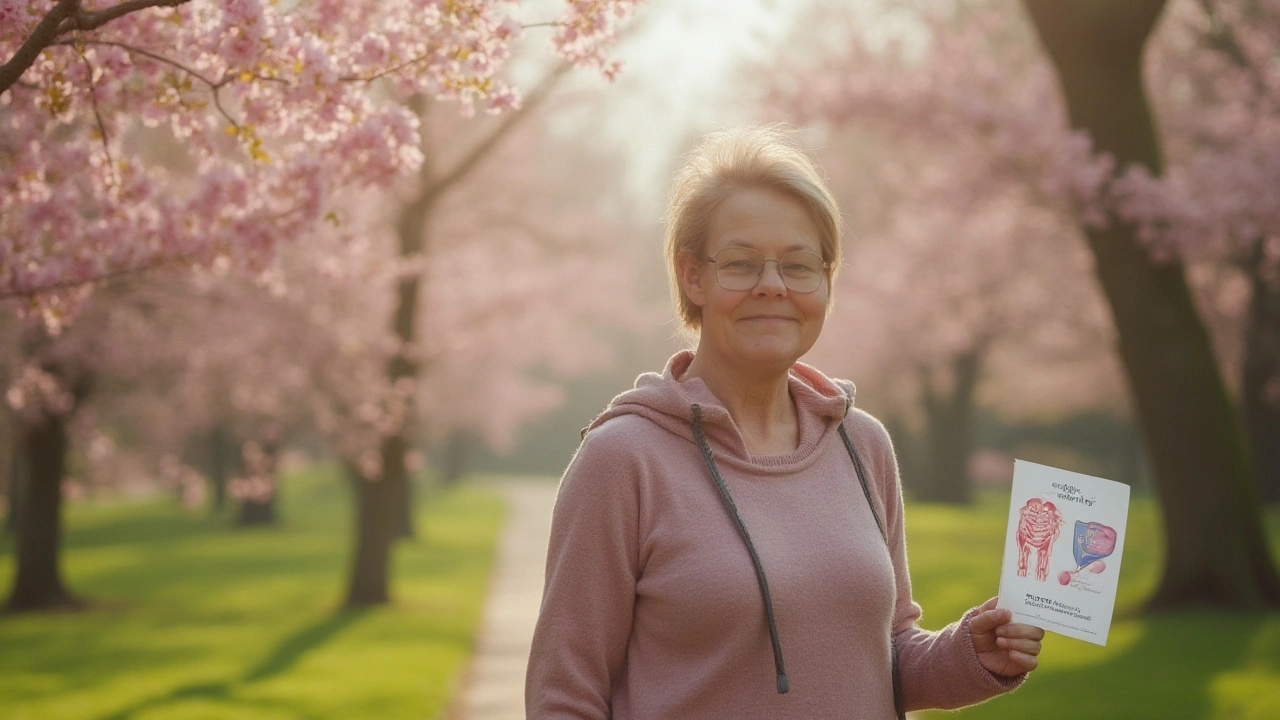Raloxifene: What It Is, How It Works, and Who Should Take It
If you’ve heard about raloxifene but aren’t sure what it does, you’re not alone. It’s a prescription pill that acts like estrogen in some parts of the body while blocking estrogen in others. This dual action makes it useful for two main reasons: strengthening bones and lowering the risk of certain breast cancers.
Why Doctors Prescribe Raloxifene
First, bone health. Post‑menopausal women often lose bone density because estrogen levels drop. Raloxifene helps keep bone turnover balanced, which can slow or even stop osteoporosis progression. Second, breast cancer prevention. In women with a higher risk of estrogen‑receptor‑positive tumors, raloxifene’s anti‑estrogen effect in breast tissue reduces the chance that a cancer will develop.
Because it targets both bone and breast tissue, many doctors recommend it to women who need bone protection but also want to avoid hormone‑replacement therapy (HRT) side effects.
How to Take Raloxifene Properly
Typical dosing is 60 mg once daily, taken with a full glass of water. The pill should be taken at the same time each day, preferably with food to minimize stomach upset. Do not crush or split the tablet – the coating helps release the drug slowly.
Consistency matters. Skipping doses can reduce its bone‑strengthening effect and may lessen the protective benefit against breast cancer. If you miss a dose, take it as soon as you remember unless it’s almost time for your next dose. In that case, skip the missed one and continue with your regular schedule.
Regular check‑ups are part of the plan. Your doctor will likely order a bone density scan (DEXA) before you start and then again after a year to see how well the medication is working. Blood work may also be done to monitor cholesterol and liver function.
Now, let’s talk side effects. The most common complaints are hot flashes, leg cramps, and mild headaches. These often lessen after a few weeks as your body adjusts. A more serious risk is blood clots, especially in the legs or lungs. If you notice sudden swelling, pain, or shortness of breath, call your doctor right away.
Because raloxifene can affect blood clotting, it’s not a good match for people with a history of deep‑vein thrombosis, recent major surgery, or who are on certain hormone therapies. Always share your full medical history, including any clotting disorders, before starting.
Drug interactions matter, too. Raloxifene can reduce the effectiveness of certain cholesterol‑lowering drugs like statins. It also may increase the levels of some antibiotics and anticonvulsants. Keep a list of all medications—prescription, over‑the‑counter, and supplements—and show it to your pharmacist.
For lifestyle support, pair raloxifene with calcium‑rich foods and vitamin D. Think dairy, leafy greens, fortified plant milks, and safe sunlight exposure. Weight‑bearing exercises such as walking, jogging, or resistance training further boost bone health.
In summary, raloxifene is a valuable tool for post‑menopausal women who need bone protection and want to lower breast‑cancer risk without taking full‑blown HRT. Take it daily, stay consistent, monitor for side effects, and keep your doctor in the loop with regular scans and blood tests. When combined with a healthy diet and exercise, it can help you maintain stronger bones and peace of mind about breast health.
Evista Benefits, Side Effects, and Usage: What Women Need to Know in 2025
Explore how Evista helps women prevent osteoporosis and reduce breast cancer risk, how it works, side effects, real-life tips and medical facts for 2025.
Learn more...